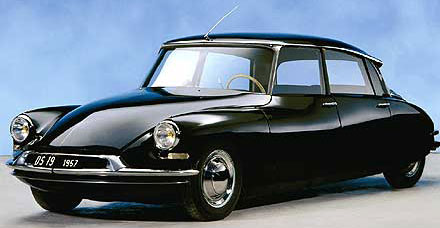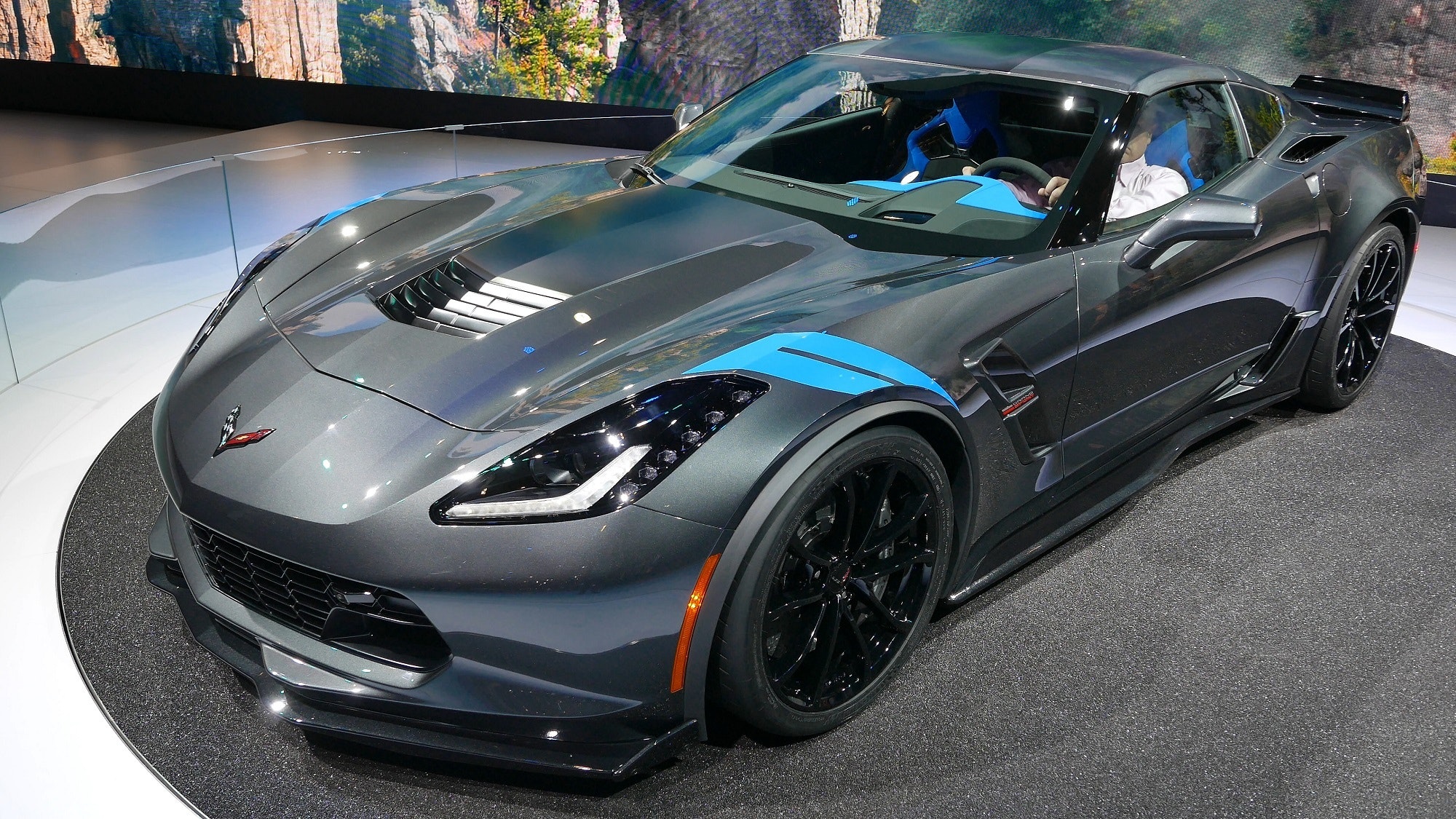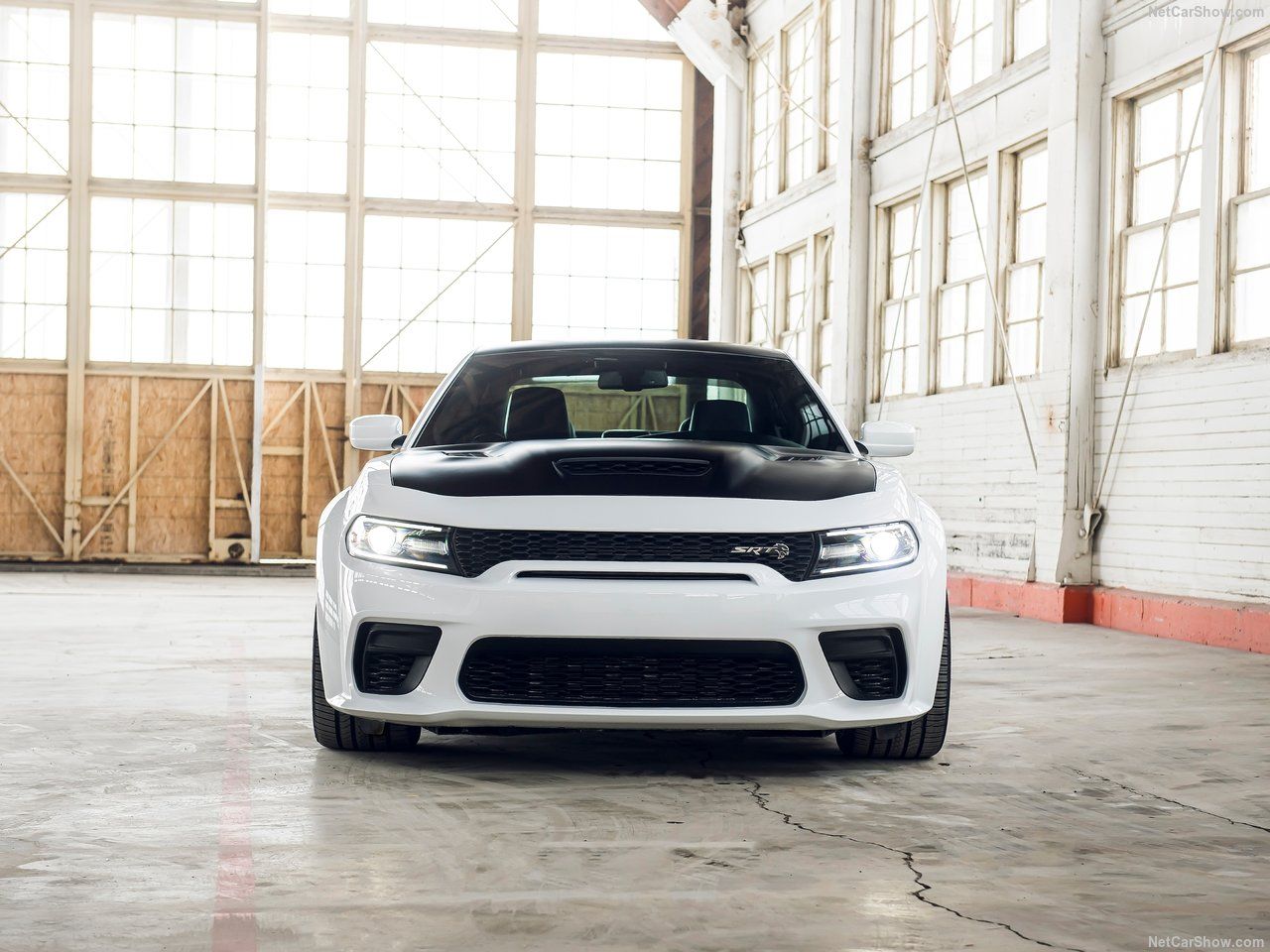
It doesn't really matter if your goal is to find a fun sports car or a fully-fledged muscle car. The Dodge Challenger muscle car has an attitude that is unlike any other on the road. The sixth-generation Camaro, meanwhile, is a sporty sports car dressed in a pony-car suit. The Ford Mustang meanwhile occupies a middle ground, with its relaxed attitude and spirited performance.
Dodge Challenger
You can compare the Dodge Challenger to the Mustang and Camaro to find the car you want. Although each model has its own personality, the Dodge Challenger is the classic muscle car. The Challenger, the largest and most powerful muscle car, has been on the marketplace for more than a decade. The Challenger has become increasingly popular over the years. Its interior is more spacious than the Mustang or Camaro, so you won't have to worry about cramping up in a tiny space.
The Challenger features premium comfort. The cabin comes with leather upholstery, power-adjustable seats, and heated and ventilated seats. Leather-wrapped steering wheels add to the car's luxurious feeling. The Challenger has more passenger and cargo space. The Challenger can hold up to five people and boasts 16.2 cubic feet of cargo storage. It's an excellent choice for drivers who want a car with room for their friends and family.

Ford Mustang
Two great choices for midsize muscle cars are the Ford Mustang or Dodge Challenger. Both are V8-powered vehicles that will leave you wanting more. Officially the Mustang will consume 13.3 L/100 km, while the Challenger will take in 14.2 L/100 km. However, both cars use premium fuel. You can find better cars if the price is right for you.
Both vehicles are equipped with front and/or side airbags. Both come standard with blind-spot detection, adaptive cruise control (blind-spot monitoring), rear cross-traffic alarm, and automatic high beam headlights. Both cars have standard seatbelt pretensioners and four-wheel antilock brakes. The Mustang is available with a standard rear parking sensor. Each car comes with a standard rear parking sensor.
Chevrolet Camaro
Both the Chevrolet Camaro as well as the Dodge Challenger are capable of competing in terms of horsepower. Although the Camaro is more powerful, it comes at a higher price. However, it is also more enjoyable to drive. Camaro's superior interior not only makes it more powerful but also provides a more luxurious interior. Camaro boasts a wide, flat-bottom steering knob with unique ventilation controls. Challenger offers an excellent, but not extraordinary, interior.
Comfortably, the Challenger comes with heated exterior mirrors and a seatback armrest. Camaro on the other side has neither. The Challenger's folding center armrest offers extra space for rear passengers, and can also be used to create a physical boundary between parents and their children. Dual zone air conditioning allows for the Challenger to be set at a different temperature by both the driver or front passenger. The Challenger also offers more cargo room.

Dodge Challenger Hellcat
The Dodge Challenger is a clear choice when comparing Ford Mustang and Chevrolet Camaro. The engine, which is based upon the 6.4-liter Apache, generates 797 horsepower. It also has 707 pound-feet. It is approximately the same weight as a Ford Edge with all its features, at 4,527 lbs.
The Ford Mustang Shelby GT500 won by nearly four second in the Edmunds dragrace. A Dodge driver made a mistake with his gearshift, using first gear for the launch. The result was a lower finish. In the third race, the Camaro driver went manual and managed to mount a comeback and pass the Mustang before the finish line.
FAQ
What are the requirements of an automotive technician?
You need to have high school diploma or GED and good grades in English as well as maths. Additionally, you will need to be proficient in reading and writing. The written test will be passed and you will then have to take several practical exams before you can begin work.
Is it easy to get a job as an automotive mechanic?
It is possible. Many garages advertise their vacancies online, and many people apply just because they think it might be fun. Try applying to a few jobs and seeing if the garages accept student applications. Another option is to ask family members and friends if anyone works in this industry. They may be happy to recommend someone.
How do I prepare to be a mechanic apprentice?
It is important that you understand the ramifications of your actions. You must understand the workings of cars. You will be able to know exactly where to begin when you arrive at the garage for your first day.
It is also important to be able to fix small problems like broken lights or tires.
This will teach you how to diagnose problems and fix them yourself.
It is also important to know how the different pieces fit together in order to put them together again.
Finally, you need to be able to safely and efficiently use tools.
All of these factors will allow you to become a skilled mechanic.
Statistics
- There were 749,900 jobs available for automotive service technicians and mechanics in 2016, which is expected to grow by six percent through 2026. (jobhero.com)
- 52% of Mechanics in the United States think their salaries are enough for the cost of living in their area. (indeed.com)
- According to the BLS, the median annual salary for automotive service technicians and mechanics in the United States was $44,050 in May 2020. (uti.edu)
External Links
How To
How to correctly diagnose your vehicle for repairs
Before you can determine if your car requires repairs, it's important to first analyze the symptoms. Then, follow these steps to diagnose your vehicle properly.
-
Check engine lights. Inspect the dashboard light indicators. These include the engine lights, the oil pressure gauge and the battery light indicators. The RPM gauge and coolant temperature gauge should also be checked. If they have been flashing for more days than usual, it could be a sign that something is wrong with the vehicle.
-
Inspect the tire treads. Tire wear can lead to problems in handling and brake performance. You should also inspect the wheel treads. You should ensure that they are clean and smooth. It is best to take off the wheels and remove them. You can check the tread wear with a flashlight.
-
Check the level of brake fluid. You must keep track on the level of brake fluid in your vehicle. You can ensure that your brakes are working properly by monitoring the level of brake fluid in your vehicle. Low brake fluid levels can cause brake failure when you apply pressure.
-
Check the suspension system. Most vehicles have a suspension system that absorbs shocks and vibrations. It allows for better control, smooth acceleration, and deceleration. If your vehicle has a suspension problem, it might feel wobbly or shake uncontrollably. Try putting some weight on your front or rear axle to determine if you have a suspension problem.
-
Examine the steering wheel. Steering columns connect the steering wheels to other parts of the vehicle. The steering column can often be damaged by an accident. If yours feels loose or shaky, you should replace it.
-
Pay attention to the exhaust pipe. The exhaust pipes transport gases from the combustion chamber to outside. If your exhaust pipe leaks or cracks, it will allow harmful fumes into your cabin. If your tailpipe bends, it is important to fix it immediately.
-
Look under the hood. To check for unusualities, look under the hood. Fluids could be leaking from your engine. In addition, if you notice an unusual smell coming from your engine compartment, you should contact a professional technician.
-
The air filter should be checked. The outside environment collects dust and other particles in the vehicle's filter. A dirty air filter causes your vehicle to run poorly. Replace your air filter regularly.
-
The fan belt should be checked. Your vehicle's fanbel is what connects the engine and the transmission. The engine will not turn if the fan belt breaks. Replacing the belt is simple. All you need to replace the belt is a screwdriver with pliers.
-
Check the radiator hose and hoses. The radiatorhose carries water from your radiator to the engine. If the hose becomes damaged or cracked, hot liquid can be emitted onto the engine. The hose can be repaired with a pair or needle-nosepliers, and a wire brush.
-
The windshield wipers should be checked. Windshield wipers use electricity to wipe away rain and snow. If they stop working they could leave streaks behind on your window glass. To fix the problem, simply change the washer fluid.
-
You should inspect the cables. The battery cables supply power to your car's electrical systems. Before you change batteries, disconnect the positive cable. Failure to do so can damage your alternator.
-
Be sure to check your headlights. Headlights help you see the road ahead. Bad visibility can be caused by headlights that don't work correctly. To determine if your bulbs are out of date, check them.
-
Be sure to check the lights. The lights are there to warn other drivers if they approach you at night. If one doesn't work, it could distract you and lead to an accident.
-
You should inspect your brakes. Brakes slow down your vehicle before a collision. If they aren't working correctly, you could lose control of your car and crash.
-
Make sure to change the oil. The oilkeeps your engine lubricated. It helps keep metal parts from getting too worn down. It is recommended to change the oil each month.